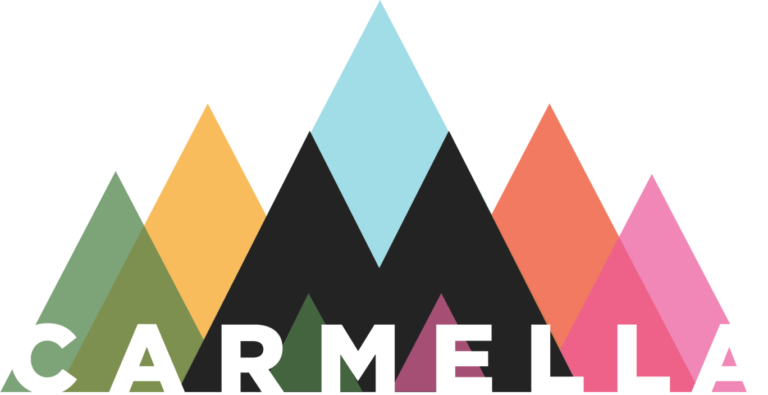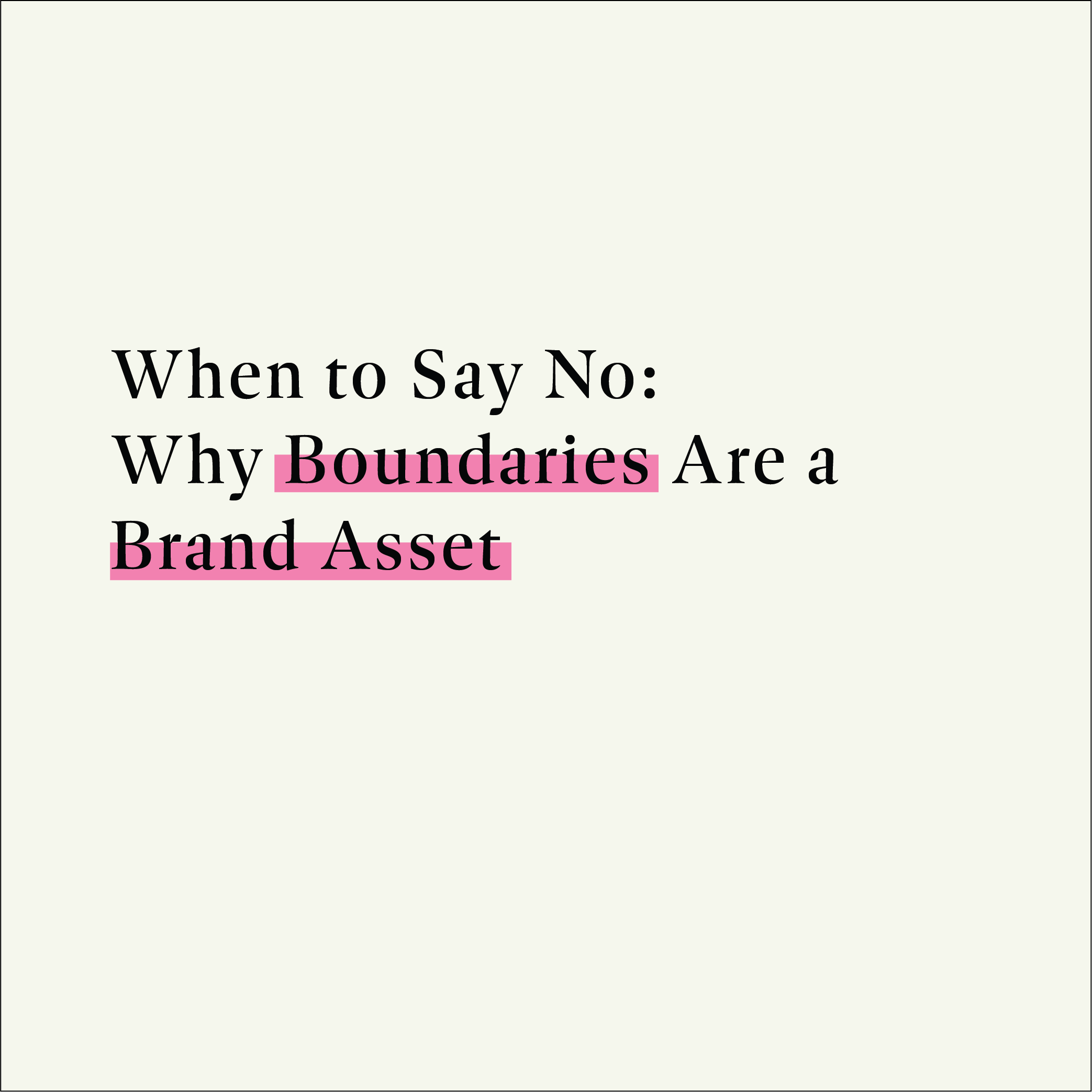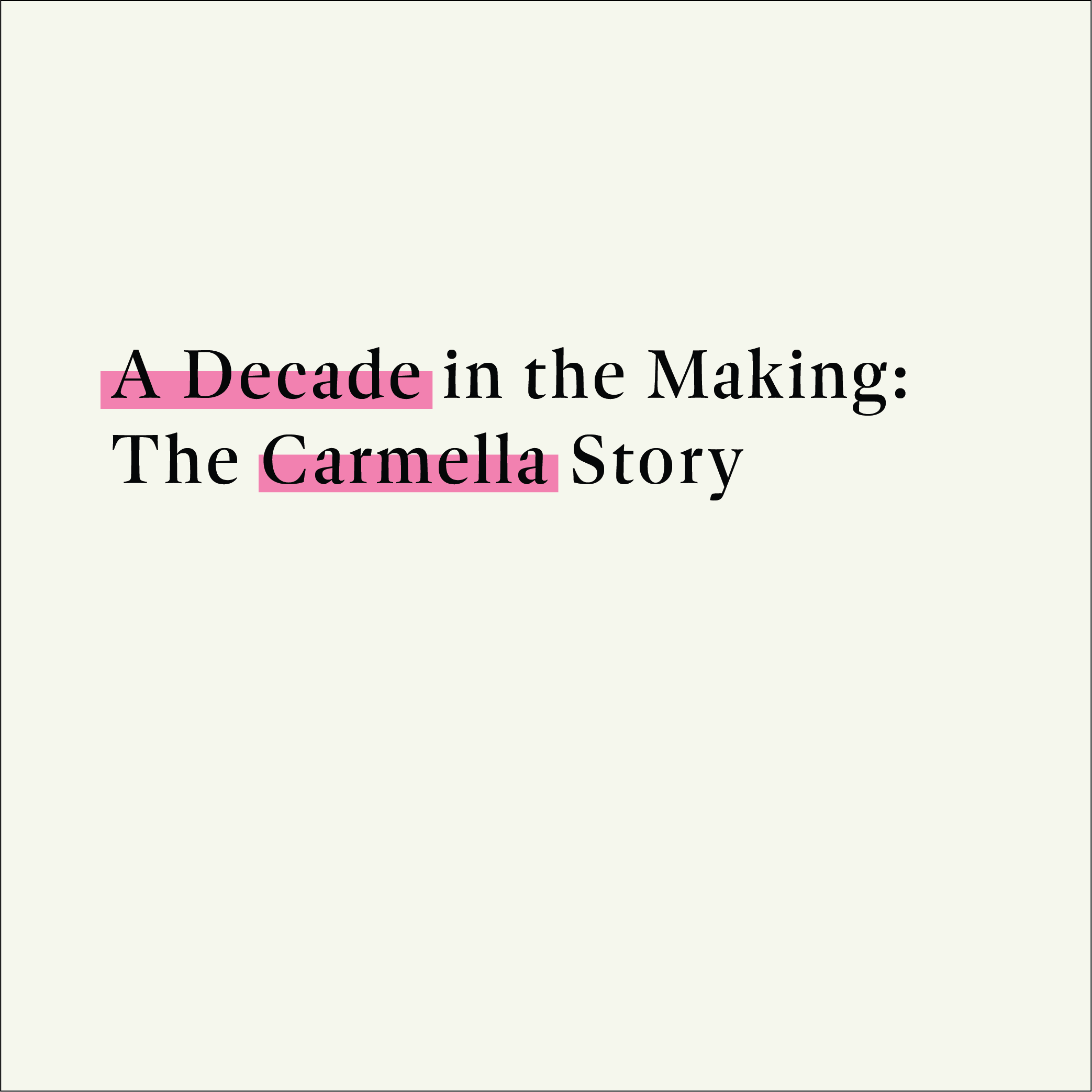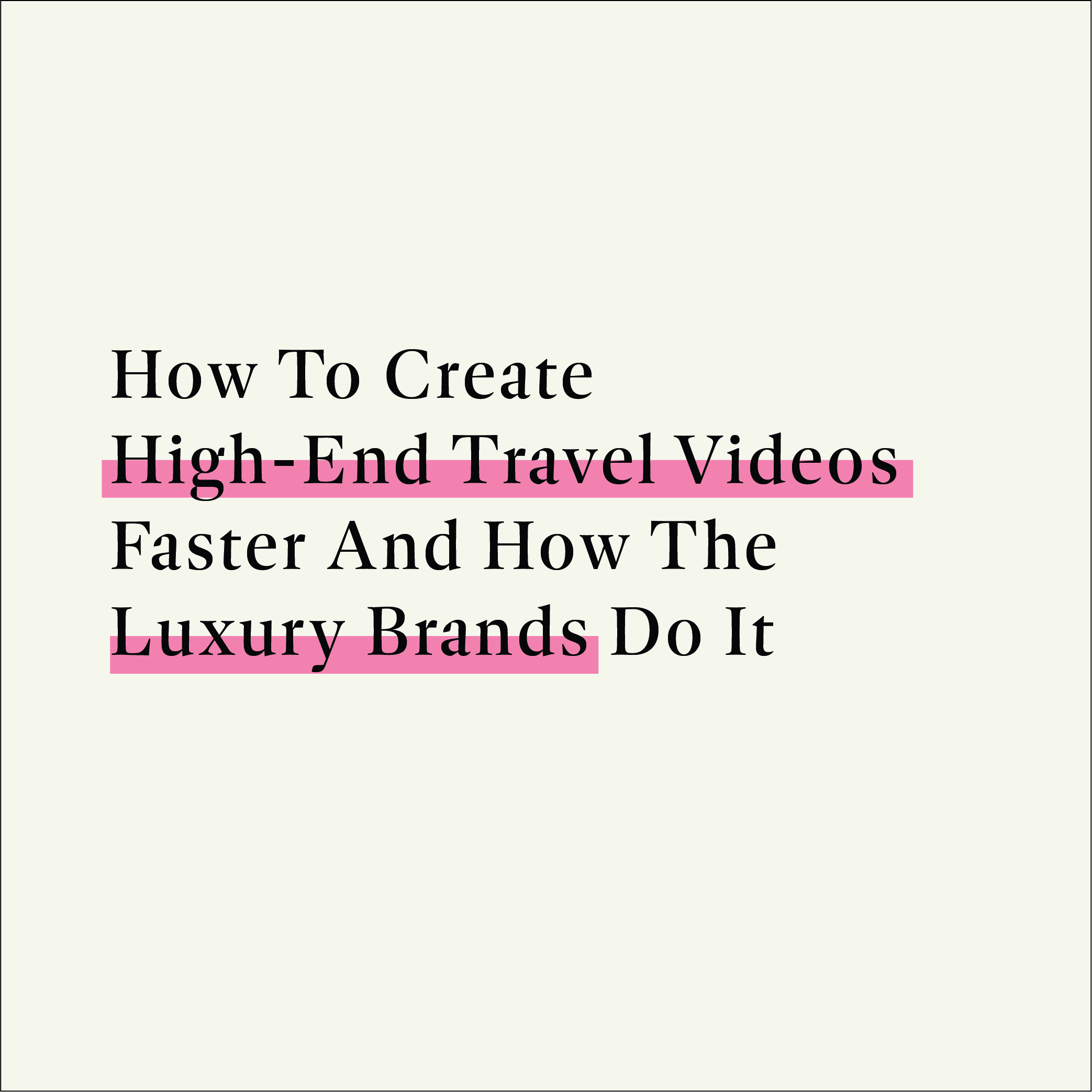
The Path To Purchase in 2020
Reflecting on personal shopping habits over the past 12 months has caused us to examine the traditional sales funnel method. The top of funnel and bottom of funnel tactics no longer stand true as the distracted shopper searches for a moment of inspiration. The path to purchase has changed. As we wrap up the holiday shopping season we are left with new insights to share with our clients (and with you).
By combining the buyer journey, the decision-making process, the sales funnel, as well as data from 2019 BFCM and Holiday campaigns, new shopping behaviour is emerging and it’s affecting conversion rates. Understanding digital shopping behaviour and using real-life, in-the-moment insights to get into the culture of the target audience will allow any business to drive more leads and close more sales.
The Buyer’s Journey
We love Hubspot’s’ Buyer Journey Stages. In fact, we love them so much that we have adopted them as our own.
The Buyer’s Journey is based on the fact that today’s consumers are online and more informed than ever, which puts them on a track to make an educated decision on their purchase before they ever contact you. The Buyer’s Journey is essentially doing a ton of Internet research before making a purchase — and we’ve all been there before.
The sales funnel represents the theoretical customer’s journey to making a purchase. Marketers structure their entire strategy around moving prospects through the funnel, towards the ultimate goal of winning a new customer. Here’s the problem: like many classic business concepts, the funnel has become outdated.
There are many different versions of the sales funnel model, but they all include the same general phases. These are as follows:
- Top of the funnel: Prospects enter the sales funnel but are still in the “pre-awareness” and “awareness” stages of their buying journey. They might be aware they have a problem, but don’t know how to solve it yet and aren’t quite ready to make a purchase.
- Middle of the funnel: Prospects in the middle of the sales funnel are still not ready to purchase, but they’ve defined their problem and are in the “consideration” stage of the buying journey. They’re continuing to learn about their problem, and beginning to research potential solutions.
- Bottom of the funnel: At the bottom of the funnel, sales prospects are in the “decision” stage of their buying journey. They want to make a purchase and have begun to research potential solutions.
CarmellaCrew Tip 1: Follow Your Customer’s Journey
The Awareness Phase
Whether you are a small scale retailer, online amazon retailer, non-profit organization or educational institute you still want your followers to do something; to buy something, to learn something, or to become aware of something.
During the Awareness Stage of the Buyer’s Journey, prospective customers are merely experiencing the symptoms of a problem and trying to put a name to it. They don’t yet know who you are, or even that you exist. They’re shuffling around online trying to figure out their problem to get closer to a solution.
At this point in the customer journey, your selected keywords are irrelevant. The goal is to fix the problem fast and with minimal investment. The item might end up on someone’s ‘honey-do’ list and also become someone else’s problem.
So, how do you market to these potential buyers at this early stage? By addressing your buyer personas’ pain points, and building brand awareness in the process. Strategically utilizing keywords and optimizing your online presence will have a tremendous impact at this stage.
Attract: Capture the attention of qualified leads with high-value marketing content.
Social media is a high-performing channel in every customer-facing — and employee-facing — aspect of communication. From driving purchases to attracting talent, social now plays a key role in accelerating business growth.
During the Awareness Stage, a well-timed, relevant and memorable social media ad works wonders as the moment of inspiration.
The Carmella Effect: Not all website traffic is considered equal
For our key clients, we enabled attribution beta testing in Google Analytics and were able to prove our shopping theory. The Path to Purchase is started with a moment of inspiration, followed by independent research, and completed by coming back to the website directly. There is a direct revenue associated with a better understanding of the journey the customers are on and how to get them the information they need at exactly the right time. 
The Carmella Effect: Attribution
When you sort by website traffic volume, you can see that social media is the number two source of traffic. As this is a new brand in Canada, we have determined that even direct traffic has been affected by a social media moment of inspiration and come back to the website directly after conducting research.

CarmellaCrew Tip 2: Build Relationships
The Consideration Phase
When they move into the Consideration Stage, these same prospective customers have named their problem and are starting to research potential solutions. This is where the buyers will really dive into the research process to compare and contrast the most effective approaches and methods that can solve their problem.
At this stage, your job as a marketer is to provide content that is focused on the solution. Again, you’re not yet pitching your product or service, you’re positioning yourself as an industry expert who knows how to solve the buyer’s problem. Content like webinars, videos, and podcasts will help you reach these buyers on a deeper level and will convince them that you really know what you’re talking about.
If you can be an industry leader and provide educational information that is genuinely helping you become a trusted source.
Engage: Build relationships with prospects and enable them to interact with your products and services.
How many times have you searched for YouTube how-to videos?
Pricing, shipping and estimated time of arrival are all factors but more research needs to be done. Address all of these concerns to remove barriers to entry. Google Reviews, TripAdvisor, Glassdoor and other consumer review sites are important sources of information. If the customer decides that the product is worth purchasing from the original source they will come back into the website directly.
Your audience can be prompted by an abandoned cart reminder email, but if the consumer comes back to the website 7 days or later to make the purchase, no amount of attribution can track them. The moment of inspiration is lost in the sales process and technology isn’t there yet.
What about impulse shopping?
This moment of inspiration may have been spurred on by an Instagram Story or Facebook Ad with the goal of either brand awareness or impulse shopping. The ad becomes the top of the sales funnel. The customer will even go so far as to add to the cart before pausing for a moment to consider if this decision is the right one.
Now you are back at phase 1, awareness and research.
CarmellaCrew Tip 3: Remove Barriers to Entry
Decision Phase
Finally, in the Decision Stage of the Buyer’s Journey, the prospects are vetting specific approaches to the problem (i.e. companies, products) in the hopes of landing on the most appealing option. In this stage, you are pitted directly against your competitors, so you’ll have a leg up on them if you’ve already successfully marketed to the buyers during the early stages of the Buyer’s Journey.
CarmellaCrew Bonus Tip: Initial subscription forms should be minimal in length. Look for opportunities to remove any friction between the moments of inspiration and the moments of commitment.
Any inefficiencies that slow down or complicate the buying journey constitute friction. For example, let’s say a prospect wants a free trial of your product but has to wait days to be contacted by a sales rep after they fill out a form.
Because, whatever industry you’re in, consumer behaviour has changed and it’s going to keep on changing. The customer experience is more critical to a company’s success than ever before. In fact, 86% of buyers are willing to pay more for great customer experience. Additionally, recent studies predict that by 2020 customer experience will overtake products and price as the key brand differentiator.
In other words, customer experience will soon become the dominant force behind a business’s growth and the advocate in our hyper-digital world raising the importance of social media word-of-mouth marketing.
The Carmella Effect: The theory drove 35% more revenue in 2019
Businesses often engage prospects with personalized marketing campaigns, but then revert back to a one-size-fits-all approach to their existing customers. Be sure to tailor your onboarding process to each customer’s needs and preferences, and continue to engage in regular, personalized conversations with each existing customer.
Remember, your customers can likely find other businesses that offer similar products and solutions. So, you must create a uniquely rewarding customer experience that they can’t find elsewhere. Make them feel less like anonymous customers and more like part of a community.
Delight: Deliver an exceptional customer experience in order to retain more customers and create brand advocates.
A signed contract and a closed deal is no longer the finish line, it’s now a starting point. Modern businesses must put the customer first if they want to sustain and build positive momentum.
The intersection of the sales funnel, conversion rates, the buyer journey and the decision making process is here; how well do you understand your consumer?
Got comments? Leave them below ⬇️
Contact us to speak with a marketing and sales strategist!












Leave a comment: